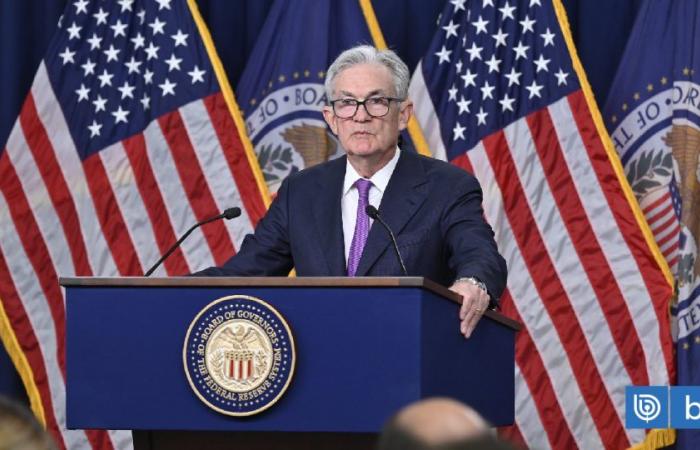The 31 largest US banks passed the Federal Reserve’s (Fed) annual stress tests, which concluded this Wednesday. In this way – in theory – it is confirmed that they are well positioned to weather a severe recession and stay above minimum capital requirements.
Even so, the Fed recognized that large banks, in a hypothetical crisis scenario, “they would suffer greater losses” than those estimated last year in a stressful situation.
“This year’s stress test shows that large banks have enough capital to withstand a highly stressful scenario and meet their minimum capital ratios,” said the agency’s vice president of supervision, Michael S. Barr.
OK for new Federal Reserve stress tests on banks
The Federal Reserve uses these stress tests to determine the capital reserves that entities have to make in the face of possible crises, a tool designed to protect against shocks to the banking system.
To do this, they evaluate the financial resilience of the banks estimating losses, income, expenses and capital levels, under a single hypothetical recession and financial market shockusing data from banks at the end of last year.
This year a total of 31 banks have been examined, compared to 23 last year, since due to regulations from the US regulator, banks with between US$100,000 and US$250,000 million in assets have to pass the tests every two years.
The 31 banks kept above of its minimum capital requirements, after absorbing total projected hypothetical losses of almost $685 billion.
A hypothetical and serious global recession
This year’s hypothetical scenario, similar to last year, includes a serious global recession with a 40% drop in commercial real estate prices, a 36% drop in housing prices, and a 10% unemployment rate.
Under these stressed conditions, the aggregate capital ratio, which provides a cushion against losses, is projected to decline 2.8 percentage points, from 12.7% to 9.9%.
Although this is a larger drop than last year, the Fed notes, “it is inside the range from recent stress tests.”
There is three main factors that explain the largest drop in capital in this year’s test: higher delinquency rates that have resulted in higher projected losses on credit cards; the fact that banks’ corporate credit portfolios have become riskier and higher expenses and lower fee income in recent years.
The nearly $685 billion in total projected losses include $175 billion in credit card losses, $142 billion in commercial and industrial loan losses and nearly $80 billion in commercial real estate losses.
Annual stress tests are important to bank shareholders because they often impact dividends and share buybacks.


